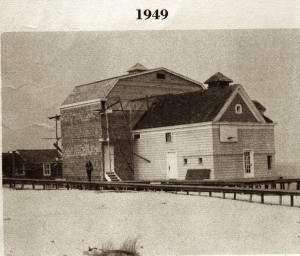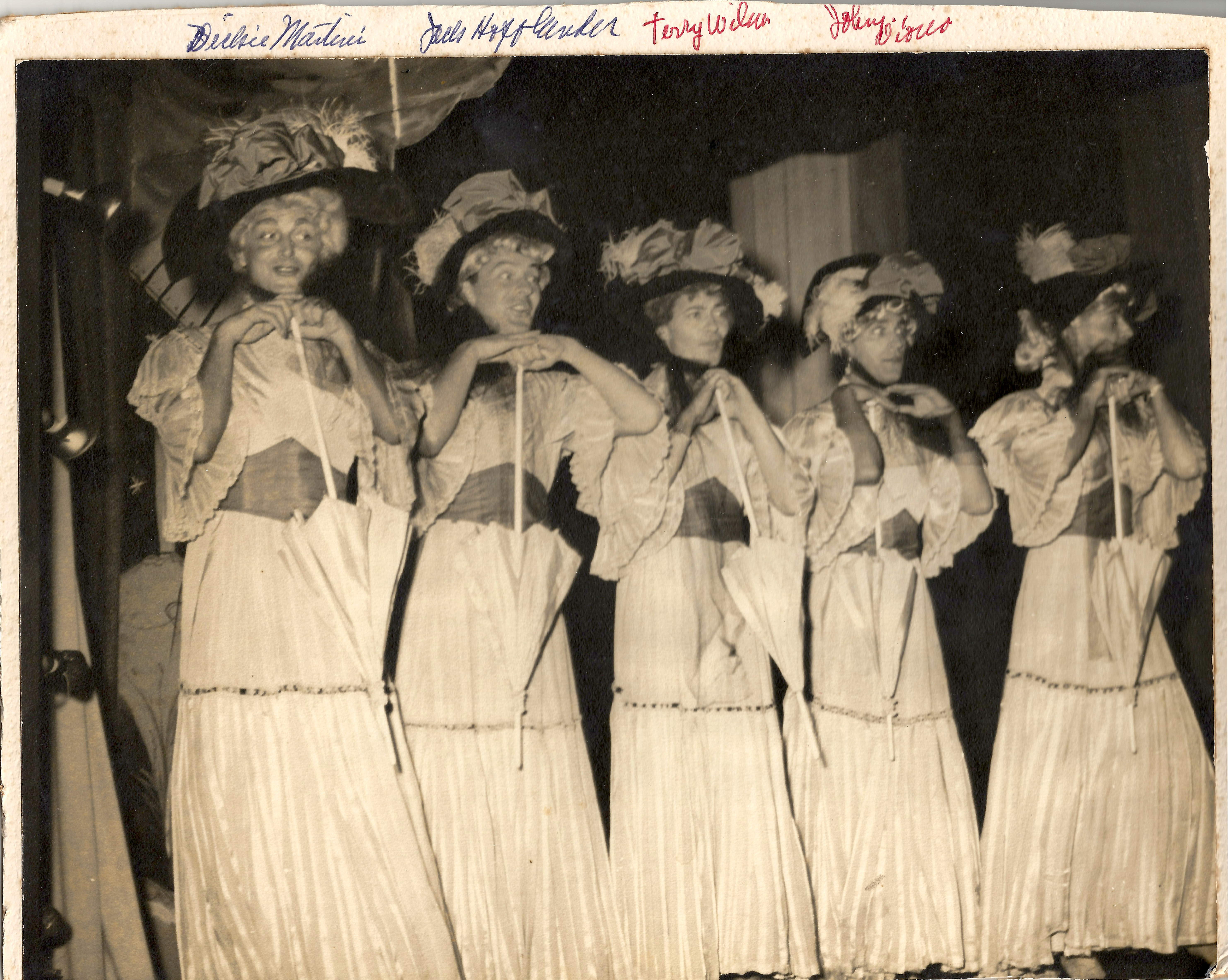ON JUNE 4, 2013 the National Parks Service officially designated the Cherry Grove Community House and Theatre on Fire Island, New York, for listing on its National Register of Historic Places. This prestigious honor is considered of national significance, a rarely accorded designation in the National Register context and the gateway to future Landmark status. NPS highlights this site as being “eligible for the National Register under Criterion A in the areas of Social History, Performing Arts, and Community Planning and Development. The Community House and Theatre is exceptionally significant in social history for the enormous role it played in shaping what gradually evolved into ‘America’s First Gay and Lesbian Town.’”
The site becomes one of only three GLBT-specific National Historic Places in the United States. The other two sites are the 1999 National Register and Landmark listing of the Stonewall Inn in New York City’s Greenwich Village, and the recent listing of the Frank Kameny House in Washington, D.C. (Kameny organized the first gay rights demonstrations in Washington and Philadelphia in the mid-’60s.)

APCG 10th Anniversary Journal
These sites are the beneficiaries of scholarship carried out over the past two decades devoted to recovering and documenting gay and lesbian lives of past eras, however hidden or coded their interaction. While substantial background material beginning in the 1960s was produced in support of the Stonewall Inn and Kameny House, Cherry Grove’s listing breaks new ground by providing a historic link to our nation’s gay and lesbian lineage beginning in the 1920s. The National Register’s documentation specifically notes that the site “is especially significant because it offers the rare opportunity to document an entire community in the pre-Stonewall era.” The N.R. application further reveals that “the Cherry Grove Association’s ‘Art Project Committee’ facilitated what can be described as the first (1948) ‘gay theater,’ continually produced by gay people, for gay and straight audiences in the United States. The theater is also exceptionally significant for its association with homosexuals’ heightened visibility in the performing arts.”






